starting all over again :-(
meryl36
12 years ago
Related Stories

DECORATING GUIDESHow to Decorate When You're Starting Out or Starting Over
No need to feel overwhelmed. Our step-by-step decorating guide can help you put together a home look you'll love
Full Story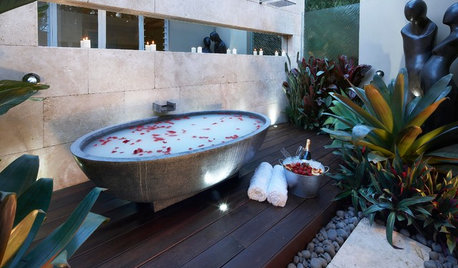
LIFEHow to Fall Head Over Heels for Your Partner Again
Bring back that loving feeling this Valentine’s Day, and you just might live happily ever after
Full Story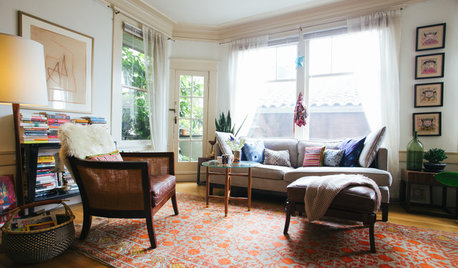
HOUZZ TOURSMy Houzz: It All Started With a Rug
One floor covering from Kazakhstan inspires a whole global vibe in a traveler’s San Francisco apartment
Full Story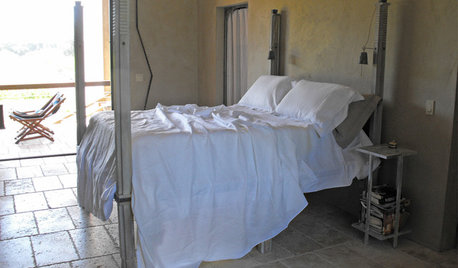
PRODUCT PICKSGuest Picks: Loving Linen All Over the Home
Charmingly rumpled or ironed smooth, these linen finds from napkins to curtains bring casual elegance to rooms
Full Story
LIVING ROOMSRoom of the Day: Vintage Posters Jump-Start a Happy Room Redesign
A bright and cheerful living room has this family feeling joyful again. See the before-and-afters
Full Story
DECORATING GUIDESRoom of the Day: Black, White and Red All Over
Custom fabric, heirlooms, bold color and a beloved collection of books cozy up this farmhouse library
Full Story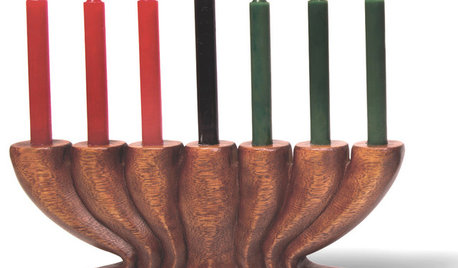
HOLIDAYSCelebrating Kwanzaa: Honor African Heritage All Over the Home
Bring the spirit of this weeklong celebration home by embracing its traditions and decorating with African-inspired pieces
Full Story
DESIGNER SHOWCASESSan Francisco Decorator Showcase: Happy Days Are Here Again
Creative ideas, bold colors and inventive materials abound under one (very large) roof
Full Story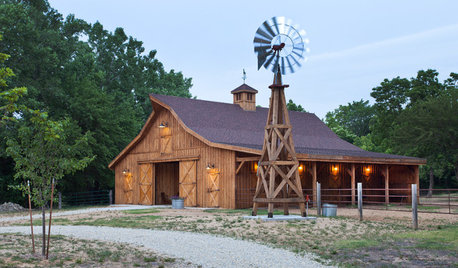
TRADITIONAL STYLEFarmhouse Style: Windmill Power Comes Around Again
Windmills helped win the West. Today these hardworking features are still winning our hearts
Full Story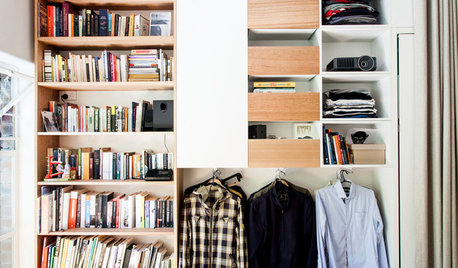
LIFELate Again? Eliminate the Things Holding You Up in the Morning
If you find yourself constantly running late for appointments, work and get-togethers, these tips could help
Full StoryMore Discussions







tx_ag_95
melvalena
Related Professionals
La Marque Landscape Architects & Landscape Designers · Port Royal Landscape Architects & Landscape Designers · Rossville Landscape Architects & Landscape Designers · Brownsville Landscape Contractors · Dedham Landscape Contractors · Las Vegas Landscape Contractors · National City Landscape Contractors · New Baltimore Landscape Contractors · North Ridgeville Landscape Contractors · Rockville Landscape Contractors · South Portland Landscape Contractors · Suitland Landscape Contractors · Tustin Landscape Contractors · Twin Falls Landscape Contractors · Alexandria Window ContractorsUser